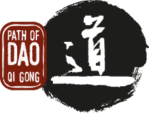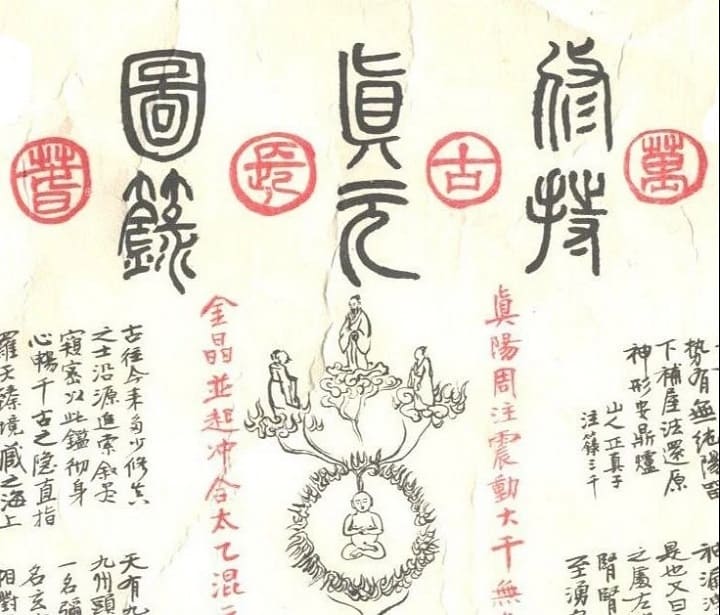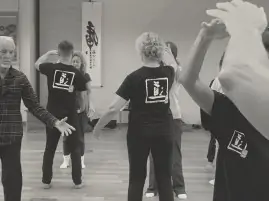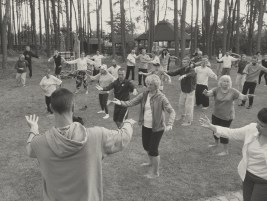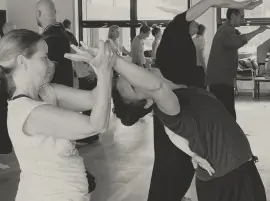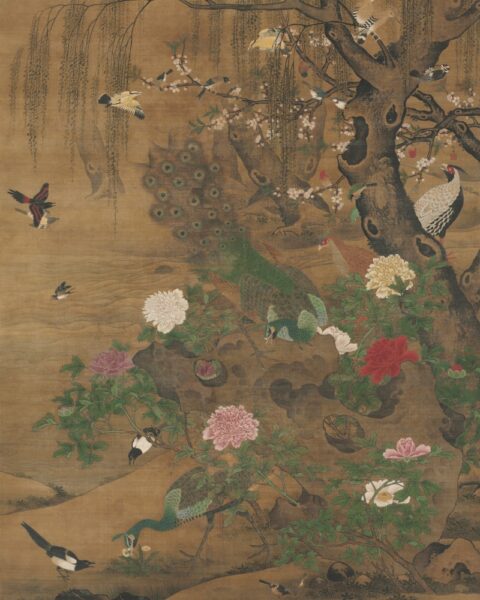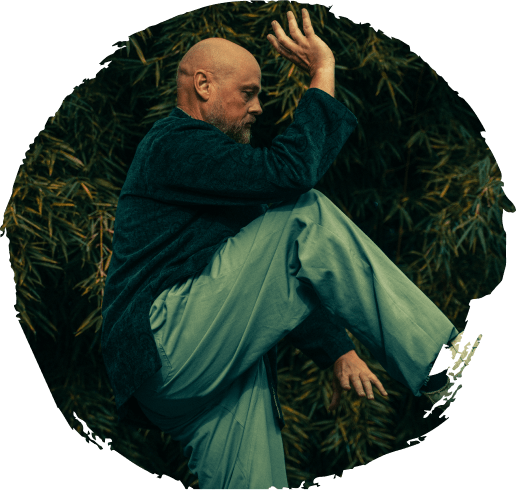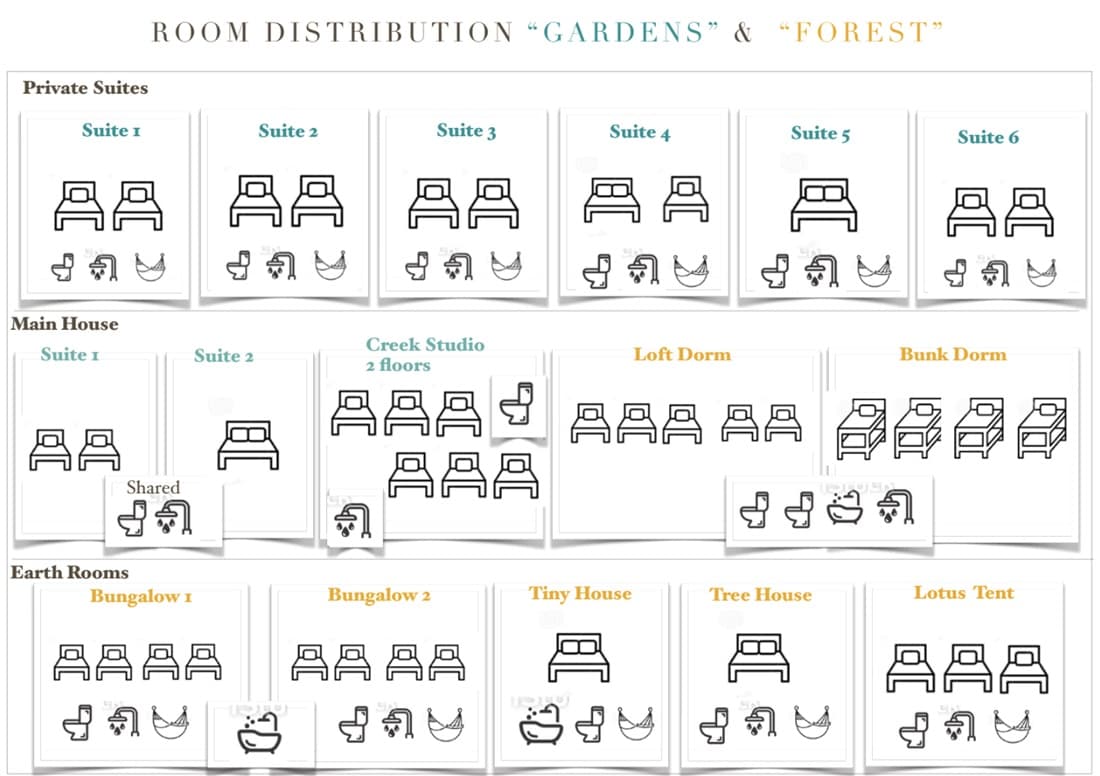Let's face it - the world we live in today is very demanding. Increasing urbanization, technology and digital overload, financial and relationship problems, haste, consumerism are causing most people to be far more stressed and under far more pressure than ever, and our delicate physiological mechanisms to become out of balance. This results in people's disconnection from nature, overemphasis on the thinking mind and misalignment with the energies of the seasons.
In the face of these challenges, we turn to meditation as a way to relieve stress, calm ourselves, restore peace of mind, get out of the loop of non-stop living and a way to return to a state of innate, non-personal nature.
Daoist Meditation
The basic intention of Daoists was to enable people to realize that human life is really only a small part of the larger process of nature. The only human actions, therefore, that ultimately make sense are those that are in line with the flow of nature - Dao, that lead to a life in balance with nature.
Daoist meditation is an important part of the entire Daoist tradition, which emphasizes the need to live harmoniously in one's environment. It shows the path or way to follow to maintain this harmony or to balance yin and yang when the balance has been lost. The practice of Daoist meditation in its original form is called zhuo wang "sitting and forgetting," shou yi "guarding unity," or jing zuo meaning simply "sitting in silence”. It can be summarized in a few words: return to a state of tranquility and the Dao will be revealed. This sounds simple and may seem intuitively right, but it is not easy.
This return to a state of tranquility requires a fundamental gradual letting go of all the strategies we have developed to deal with our experiences in life, which are mainly controlling and defensive and prevent us from embracing the present moment.
As it says in Dao De Jing, Chapter 16 - through this practice one can return to oneness with Dao:
"All things flourish, but each returns to its root. This return to the root means stillness, it is called recovering original destiny. Recovering original destiny is called the eternal, and to know the eternal is called brightness."
Some people think meditation involves sitting still for a certain amount of time and focusing on the breath. Others think meditation requires sitting for long hours with legs in pretzel position. Meanwhile, in the daoist tradition we find several forms of meditation: lying, sitting and standing meditation, meditation in motion - such as bagua circle walking - or practice in interaction. So it's not so much about the external body position itself, but about certain internal qualities that enable and foster meditation practice.
Steps in meditation and wu-wei
It is said that before you start doing something, you must learn the basics. Before you run, you have to learn how to walk, otherwise you will never run well. The same analogy applies to meditation. First you have to take care of the inner connection. Then you need to coordinate your body and energy. Many people spend the vast majority of meditation time being distracted, falling asleep or spacing out. This is about recognizing the nature of being distracted, and how to avoid that distraction. The next steps in Daoist meditation are inner dissolving, the art of letting go of anything that is blocked, frozen and stuck inside you, that which doesn't flow, that which doesn't enable you to change.
Essential to this whole process is wu wei - non-action. In its true sense, it is not a method of practice that would suggest doing something, but a state of being that unfolds itself when all our compulsive "doing" activities fade away.
In this process of open presence, the constant stream of thoughts and emotions gradually begins to quiet down. The Qi that was caught up in the compulsive activity of the mind will have the possibility to be released and will start, in a natural and effortless process, to accumulate in the dantien - which is the space of our true stillness and depth, our center. This, in turn, will allow further meditation to be guided by the level of experience of organic qi, which is intuitive, open and responsive. In turn, a person, being centered, can engage in life in clear and fully present, nourished and energized by the reconnection with the abundant energy.
Neijing Tu – Chart of Inner Alchemy
There is an ancient Chart of Internal Alchemy, Neijing Tu, depicting the human body as a microcosm of the Universe and revealing the inner landscape of our consciousness. You can see mountains, lakes, rivers, paths, forests, stars on it. Every aspect of our human selves, (body-energy-mind/spirit), correlates to and is energetically connected to a part of Nature. This reflects the common Daoist idea that everything is interconnected, everything is part of a greater whole, and that in some way we are the stars, the moon and the sun, the boundless ocean.
Everything is more than it appears in this three-dimensional reality, and when we discover this, it can significantly expand how we understand our body, our consciousness and our health, what the process of inner cultivation is, and deepen our connection to Nature.
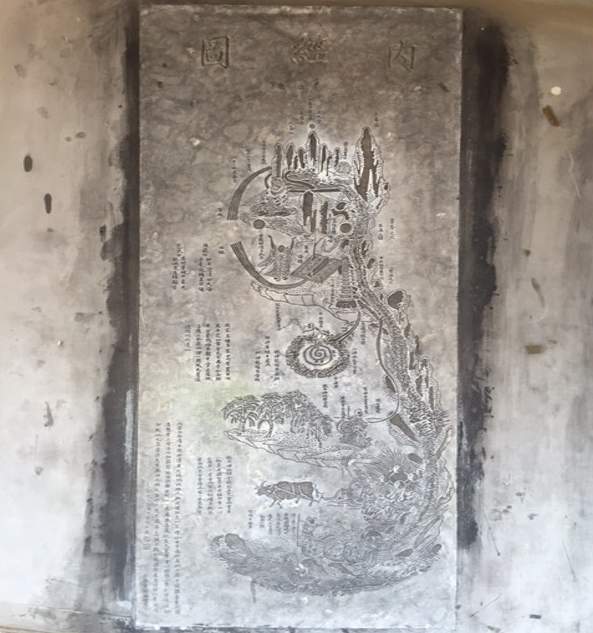
Inner connection
The tree is always connected to heaven and earth. The life force from heaven and earth is constantly flowing in the body of the tree. Why do we lose this connection so easily? Especially as modern people who live in the city, we are moving further and further away from nature, attaching more and more importance to the material world and man-made rules, forgetting where we come from and the laws of nature.
A tree does not live outside, it lives inside. What we see in the form of a tree is only a manifestation of the life processes within it. If they cease, the tree will die. If the inside is in harmony and peace, the outside is.
Please, don't look outside, look inside. Return to the inner connection. Meditate!
If you want to learn meditation in the Daoist tradition or deepen your meditation practice, we invite you to the upcoming New Year's Meditation Retreat.
